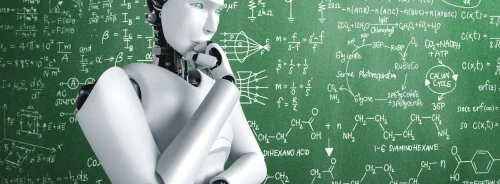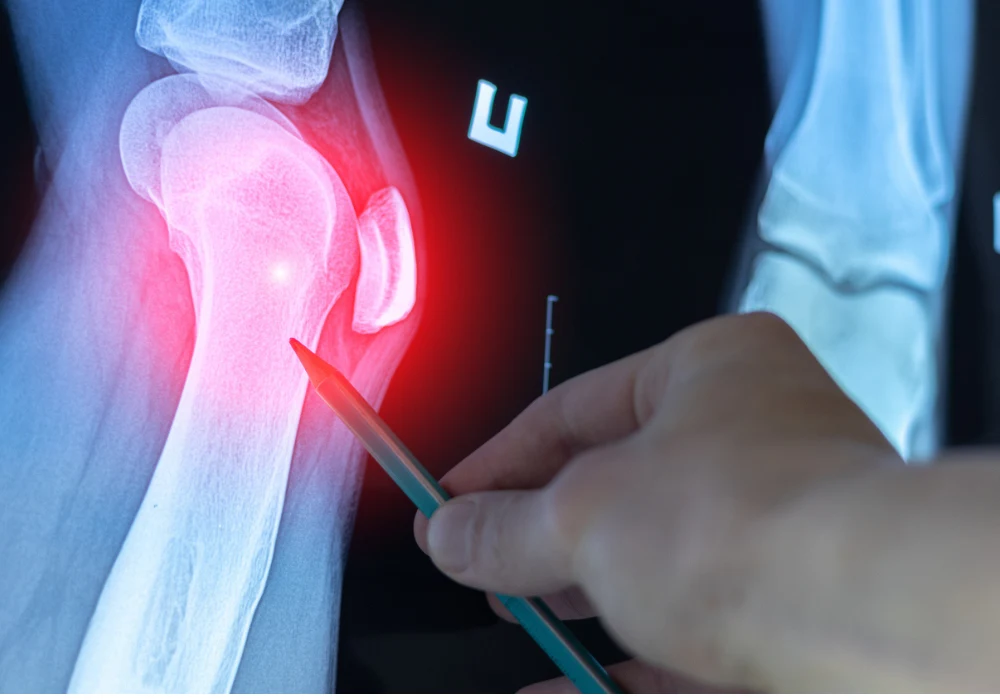Knee osteoarthritis (KOA) is a prevalent joint disorder that affects millions globally, characterised by joint pain, stiffness, and functional limitations. The traditional diagnostic method for KOA involves the Kellgren-Lawrence (KL) grading system, which uses radiographs to assess the severity of the condition. Despite its widespread use, the KL system has faced criticism for its subjective nature and variability in interobserver agreement. Recent advancements in artificial intelligence (AI) offer promising tools to enhance diagnostic accuracy and consistency in KOA evaluations. This article explores the impact of AI assistance on the performance and interobserver agreement of radiologists and orthopaedists in diagnosing KOA.
The Role of the Kellgren-Lawrence Grading System
The Kellgren-Lawrence (KL) grading system ranks radiographic osteoarthritis from none (0) to severe (4) based on joint space narrowing, osteophyte formation, subchondral sclerosis, and bone deformation. This ordinal system is crucial in academia and clinical settings, often serving as a criterion for surgery eligibility and insurance coverage. However, its reliance on osteophyte-driven classification has been a point of contention, leading to inconsistent results in postoperative outcomes and varying interobserver agreement levels. Studies have shown both correlations and lack thereof between KL grades and patient outcomes post-surgery, highlighting the need for a more objective diagnostic approach.
Enhancing KOA Diagnosis with AI
The advent of deep learning and AI has revolutionised many fields, including medical imaging. AI tools for KOA grading have been developed and validated using large datasets, offering decision support to clinicians. In a recent study, AI assistance significantly improved the diagnostic performance of junior readers, with notable increases in accuracy and interobserver agreement. Junior radiologists and orthopaedists exhibited marked improvements in KL grading performance when aided by AI, underscoring the potential of AI to bridge experience gaps and standardise evaluations. For instance, one junior orthopaedist’s performance improved from an AUC of 0.81 to 0.88 with AI assistance.
Study Design and Findings
A comprehensive study involving multiple university hospitals assessed the impact of AI on KOA diagnosis. Radiographs from 225 patients were evaluated by readers with varying experience levels, both with and without AI assistance. The primary outcomes measured were the performance difference in KL grading and the interobserver agreement. Results indicated that AI assistance led to higher accuracy in identifying osteophytes and better agreement among readers. Notably, the study found that senior radiologists achieved strong interobserver agreement comparable to expert reference readers when using AI, suggesting that AI can enhance diagnostic consistency.
Implications and Future Directions
The integration of AI in KOA diagnosis has significant implications for clinical practice. Improved interobserver agreement and diagnostic performance can lead to more consistent patient inclusion in clinical trials and more accurate assessments for surgical eligibility. However, the study also highlighted challenges such as automation bias, where readers might overly rely on AI outputs. Ensuring AI tools are thoroughly validated on diverse clinical data and designing ways to mitigate automation bias will be crucial for their successful implementation. Future research should focus on expanding AI applications to include diverse patient populations and exploring its utility across different specialities, including rheumatology.
Artificial intelligence holds promise in transforming the diagnostic landscape of knee osteoarthritis. By enhancing the accuracy and consistency of KL grading, AI can support clinicians in making more informed decisions, ultimately improving patient outcomes. The study demonstrates that AI-assisted grading can benefit both junior and experienced readers, fostering a more standardised and reliable approach to KOA diagnosis. As AI technology continues to evolve, its integration into clinical workflows will be essential in addressing the current limitations of subjective diagnostic methods and advancing the field of orthopaedics.
Source Credit: Radiology
Image Credit: iStock






